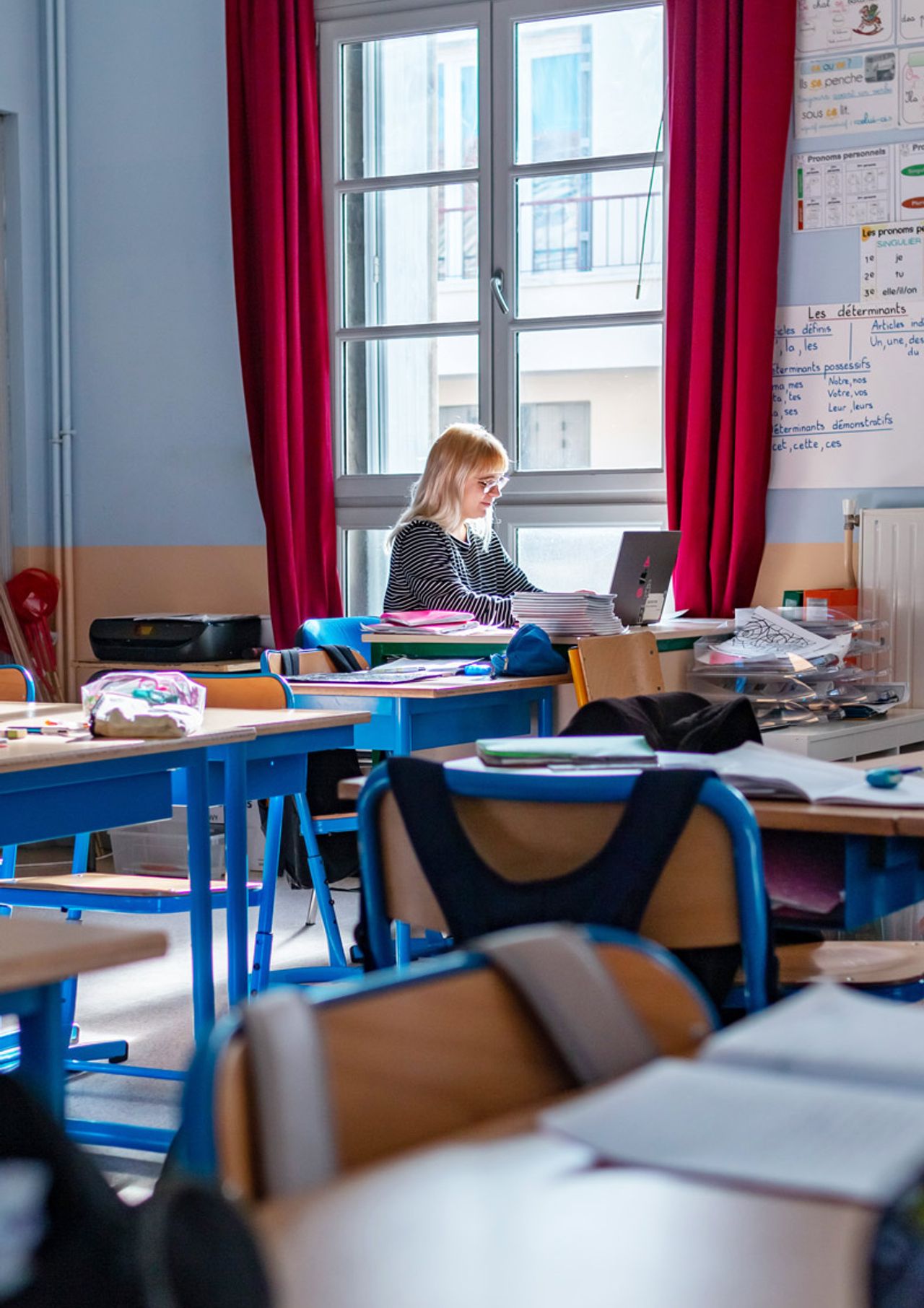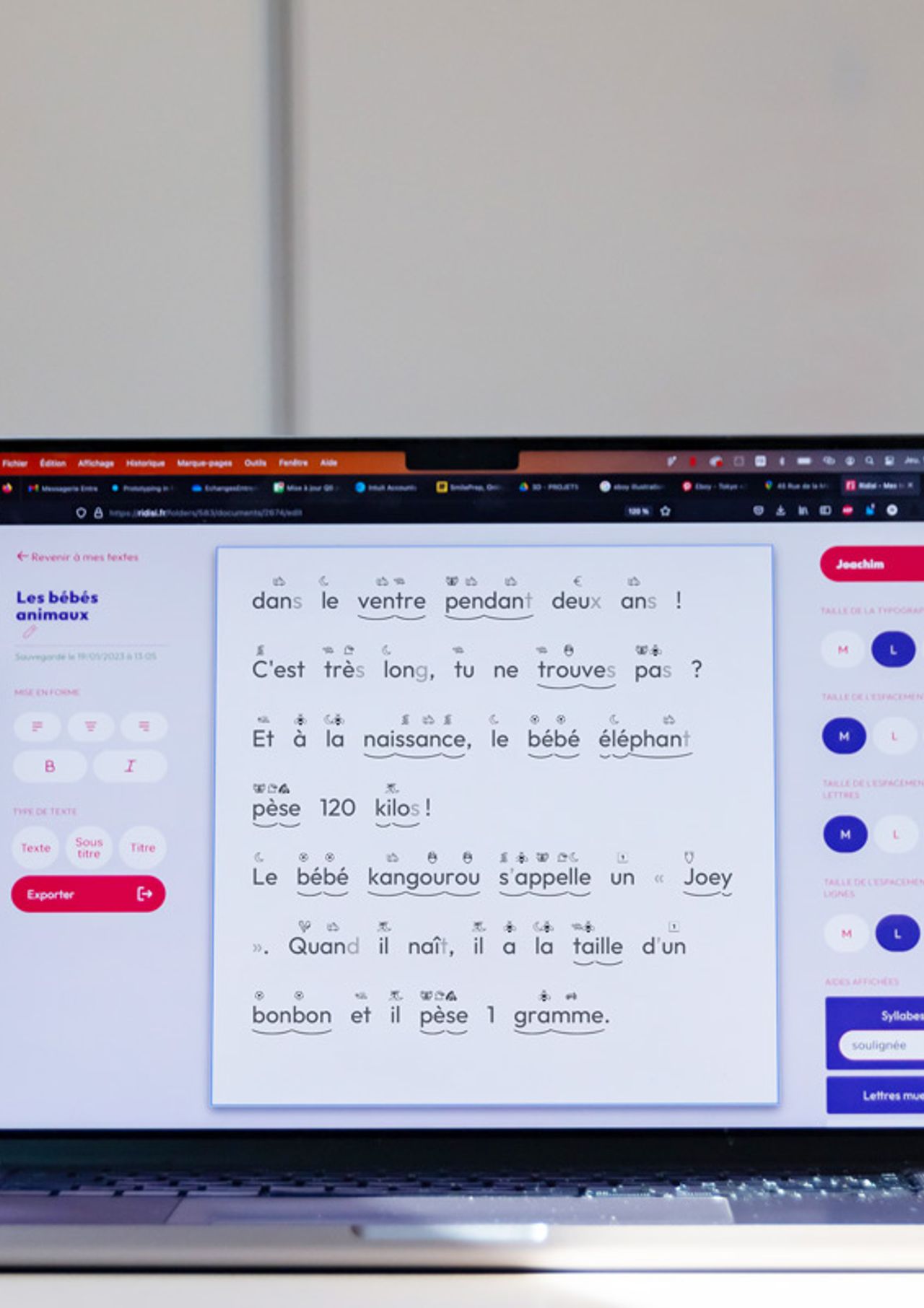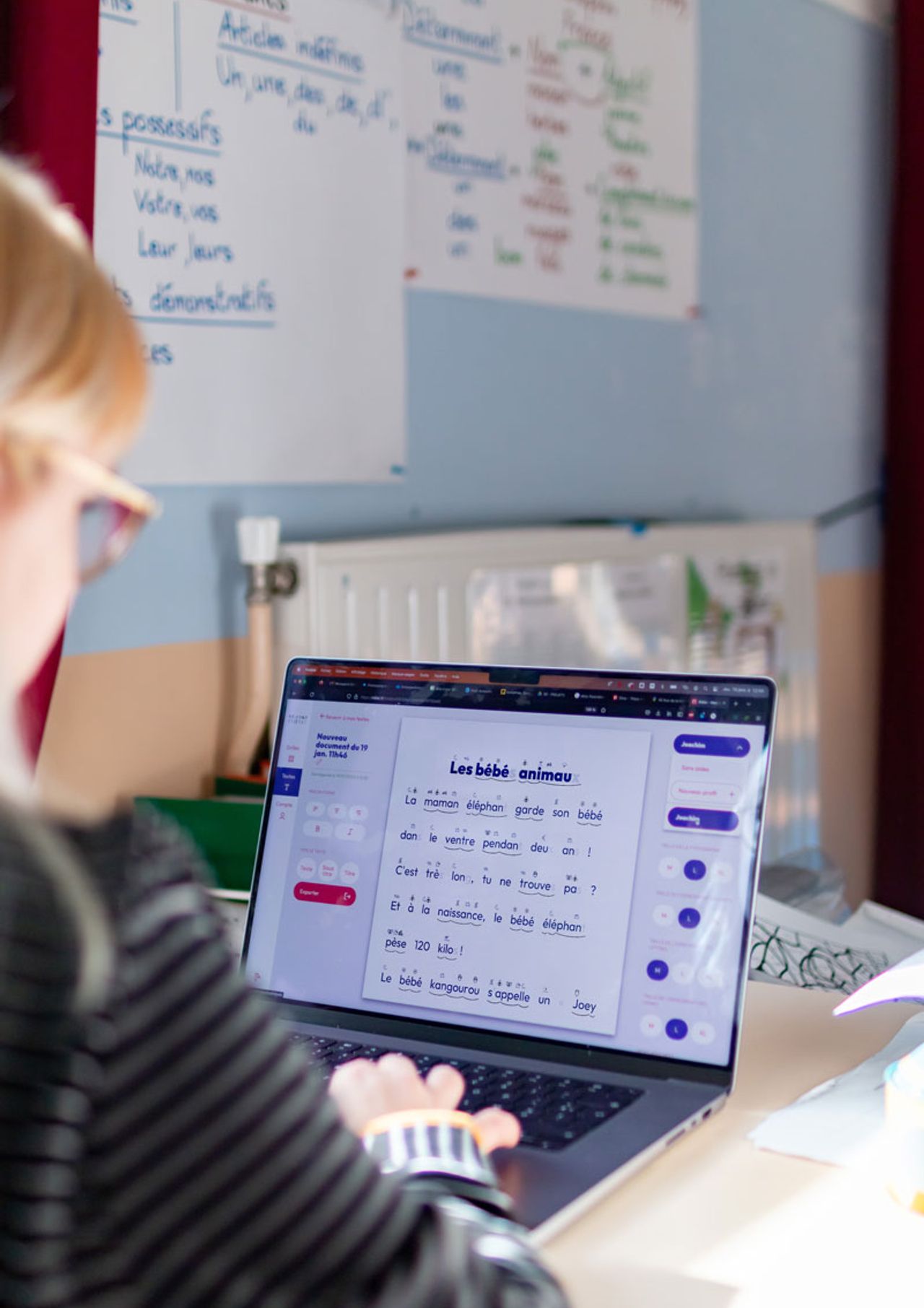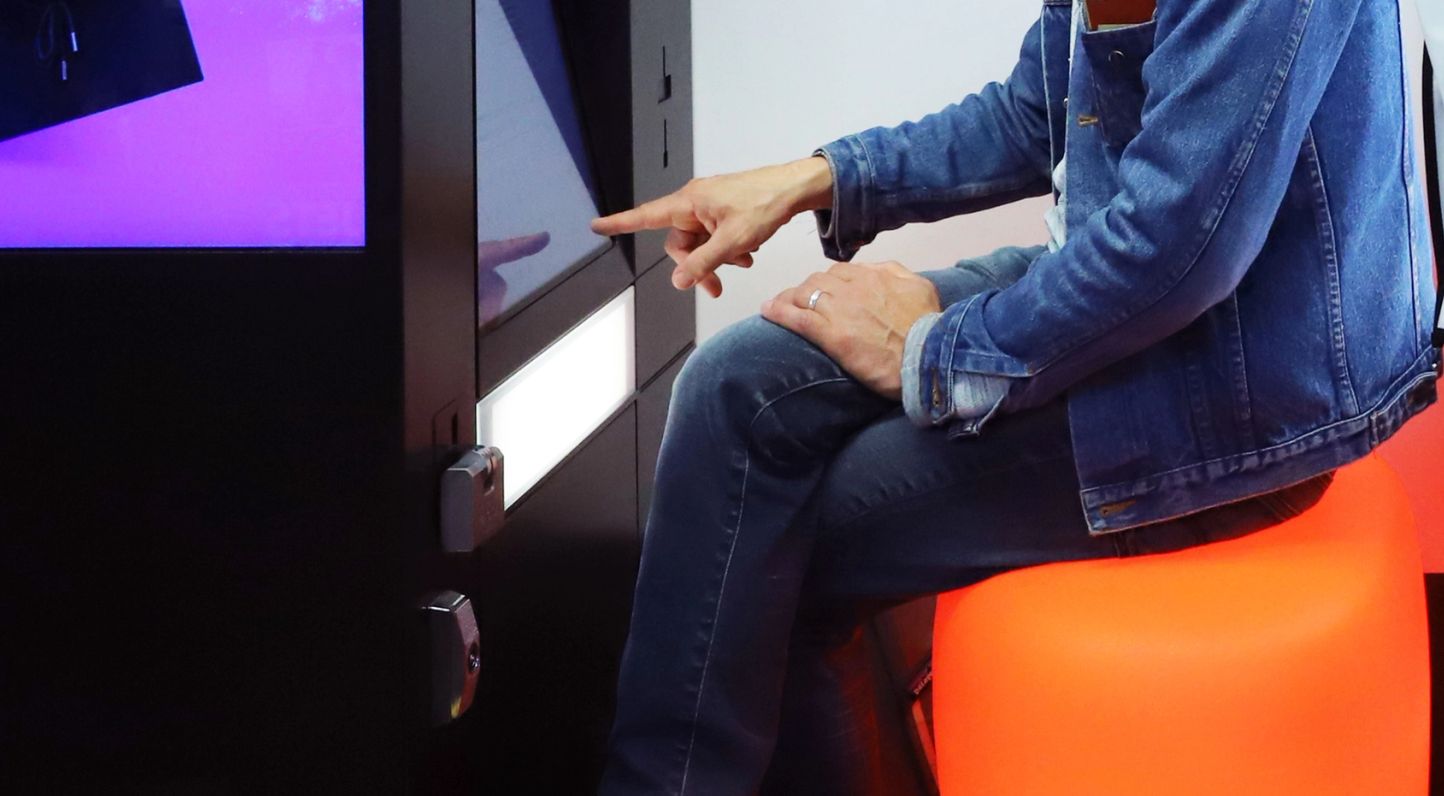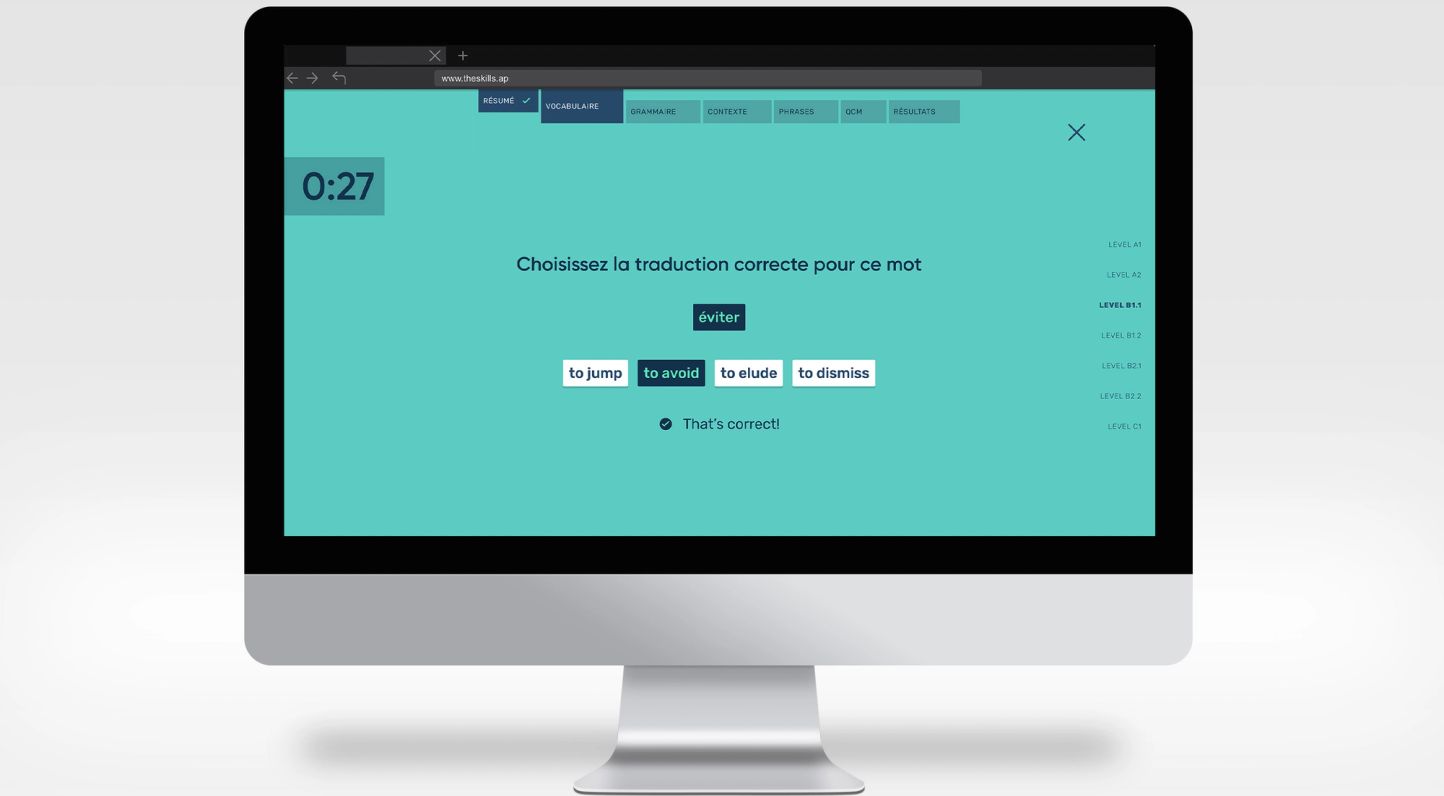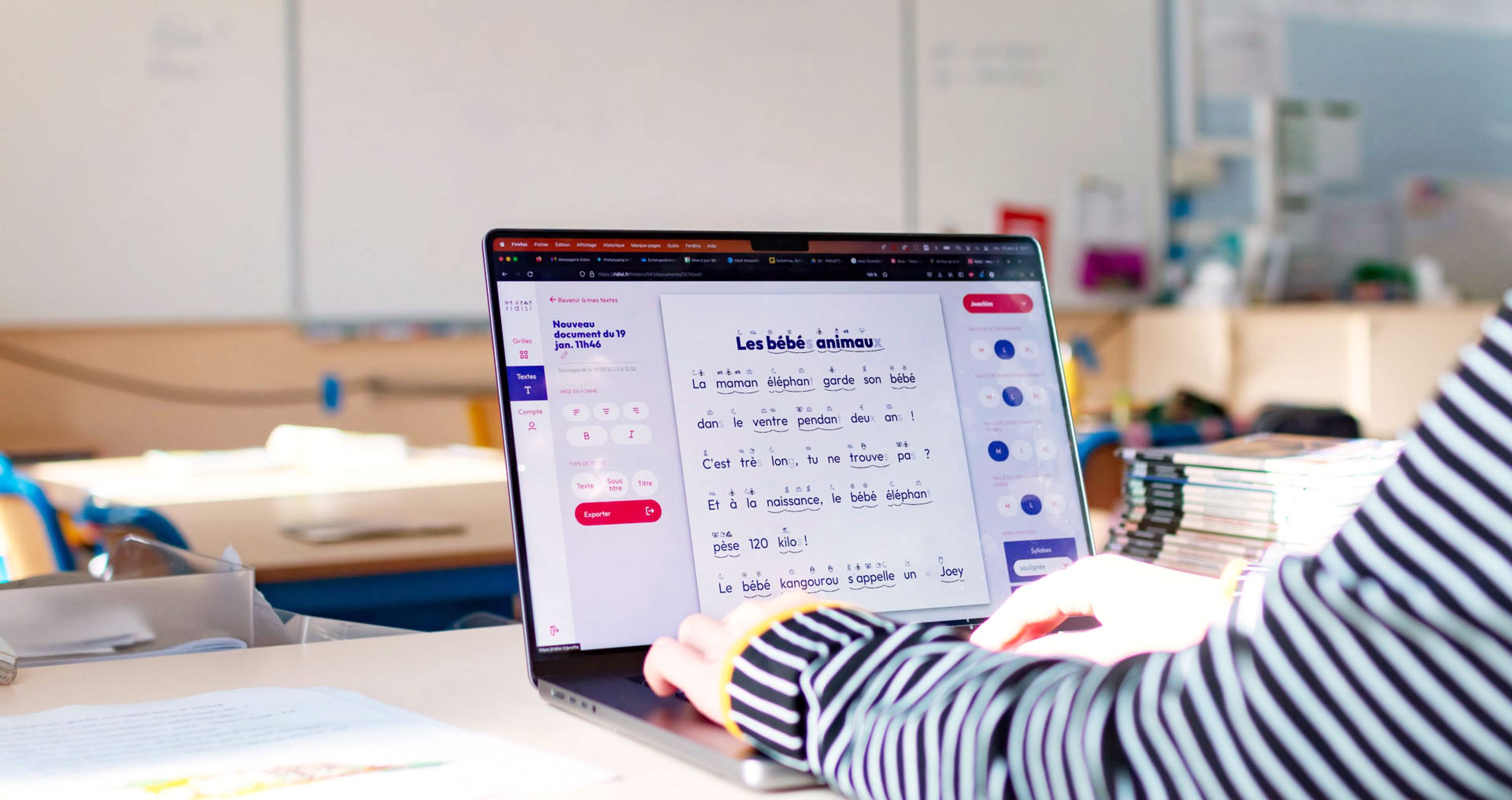
Simplifying the work of teachers to strengthen inclusion at school
01.Brief
The website ridisi.fr is a word processing tool intended mainly for primary school teachers. The aim is to make it easier for them to create reading materials: once the texts have been written, they can be enhanced by integrating learning aids, such as pictograms, syllabification, or even the underlining of complex words.
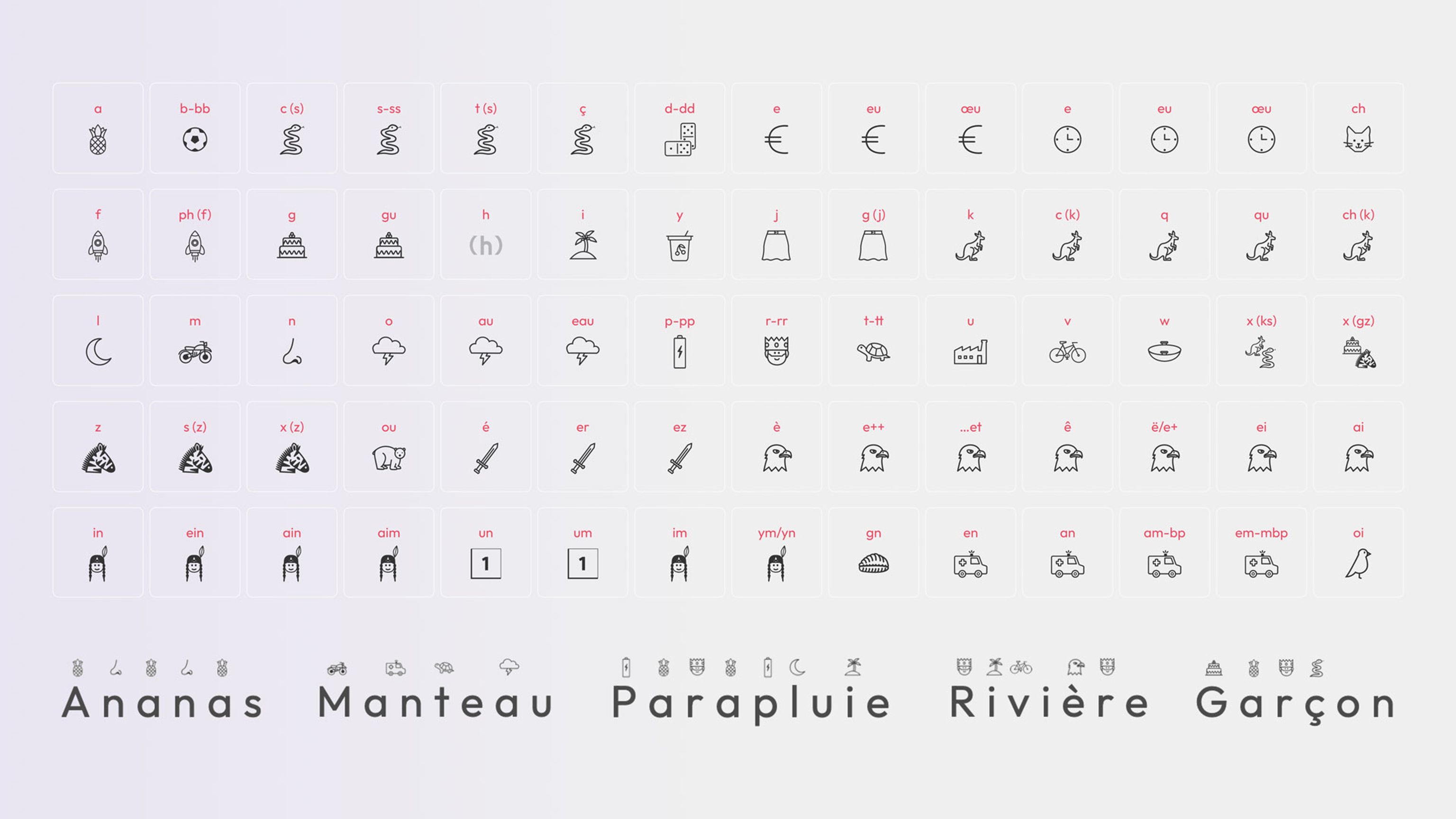

02.Putting the experience into practice
After confinement, the return to school highlighted a very large disparity in reading level between students. It emerged that the learning materials had to be adapted to each person in order to allow general progress. Drawing on their teaching experience, three teachers from Rennes schools have implemented the reading method on which Ridisi is based. This tool, put online for the start of the 2022 school year, allows you to edit personalized documents based on the progress of each student. Numerous features are offered in order to best adapt to the needs and methods of each person in order to easily individualize all printed work involving the reading of a text.
03.A simple solution thanks to effective collaboration
Intended for teachers whose time is precious, it was essential to make this platform as clear as possible. We have chosen a specific color code for each step: creation of grids, creation of texts, management and export.

A particularity of this project is due to our clients who are themselves end users of the software on a daily basis, since they continue to be teachers and carry out this project in parallel with their CP classes! The project was therefore very clear in its functions, and we helped the team to shape it and make it tangible. We also had the chance to work with developers from Forever Bije, themselves very invested in the creation and development of the tool. The pictograms of the app were designed by Gwennaelle Agnès.
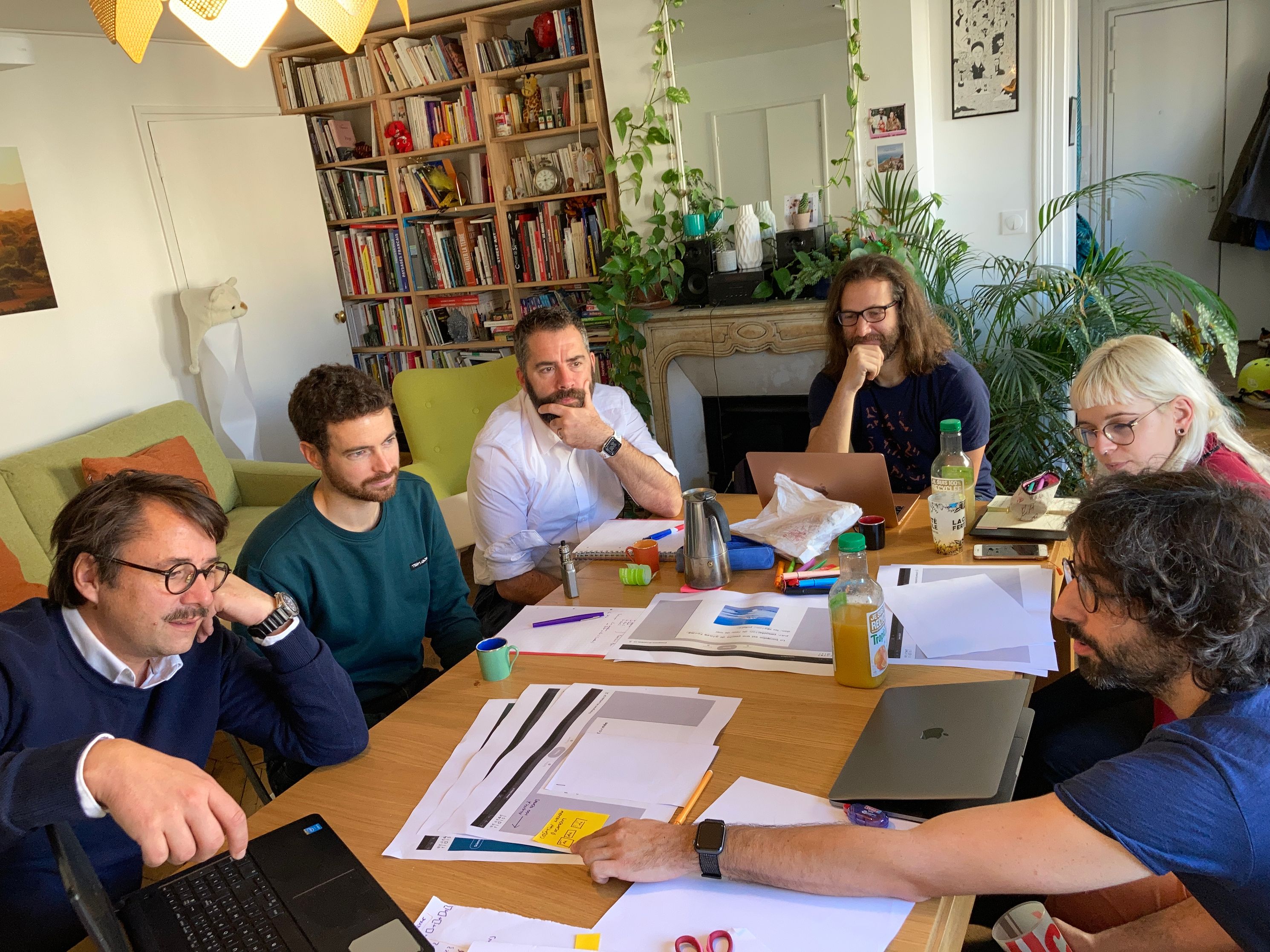
04.Intuitive sobriety
The principle of pictograms consists of associating each grapheme (writing of a sound) with a pictogram which corresponds to the sound (phoneme). The latter comes from the cue words contained in the reading methods - for example the sound "ch" is associated with the image of the cat.
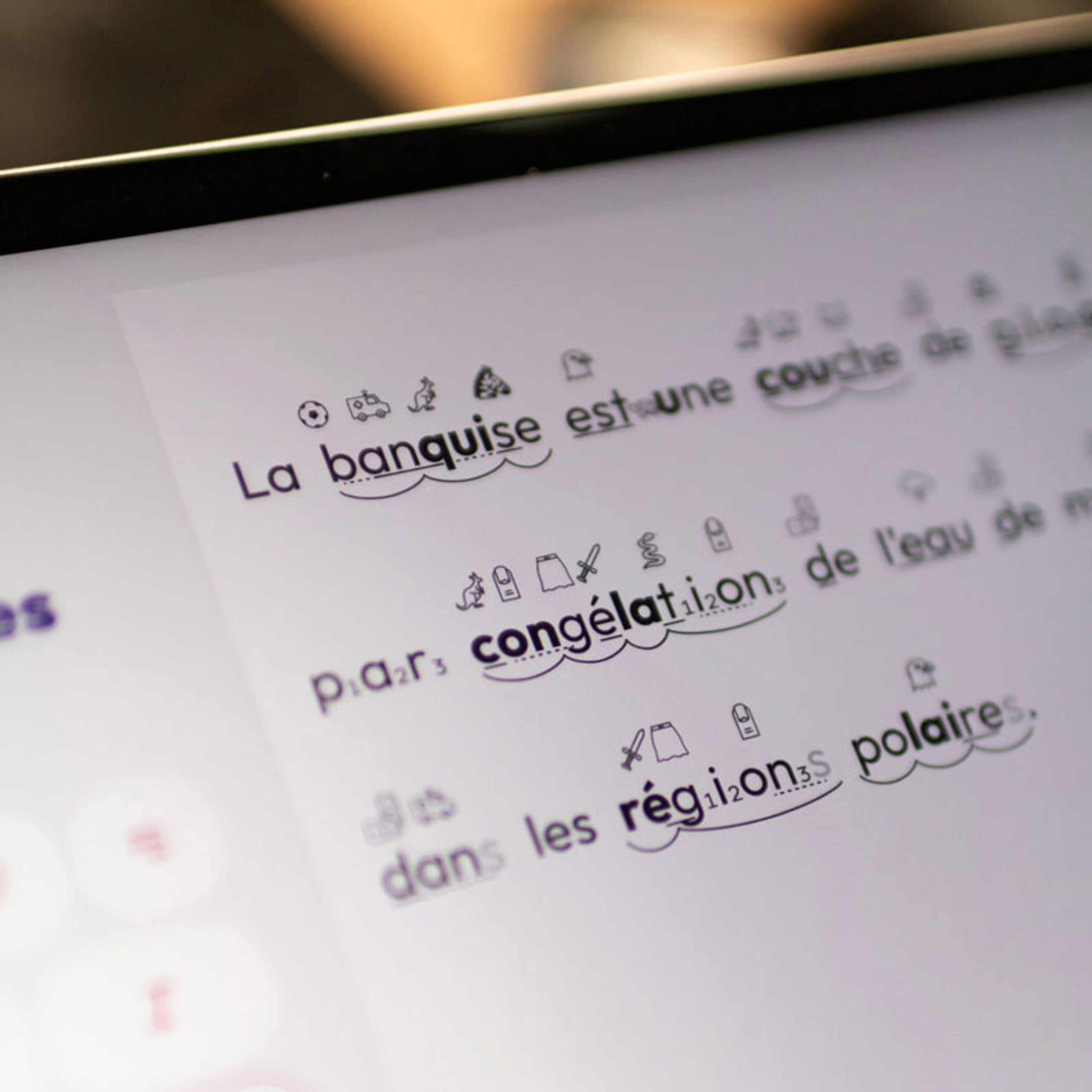
For the creation of texts, the rice user will find the standard tools of a word processor (bold, italics, justification, etc.) but he will also have innovative functionalities for formatting reading documents: grayly silent letters, spacing of words and line spacing, underlining of complex sounds (or, in, water, etc.), highlighting of syllables and trigrams and of course the automatic insertion of pictograms.
When the document is ready, it can be exported and printed. The tool then makes it possible to manage the differentiation of documents to meet the needs of each student. If the student is very good at reading, he or she will not need any help. Conversely, if he is in the learning or improvement phase, he will need all the help offered by the software.
Our role was to make use as fluid as possible: to do this we chose to segment the different functionalities by stages; thus the user can distribute the work over time and independently adjust the grids based on their observations in class. This principle allows him to write his lessons for an entire class and then increase it for each student simply when exporting.
Results
Positive Impact
Hundreds of children who have easier access to reading thanks to personalized documents.
Simplicity
A simple, everyday experience, accessible online, to create documents in just a few clicks.
Satisfaction
A community of users who adopt the tool for daily use, and students who read!
